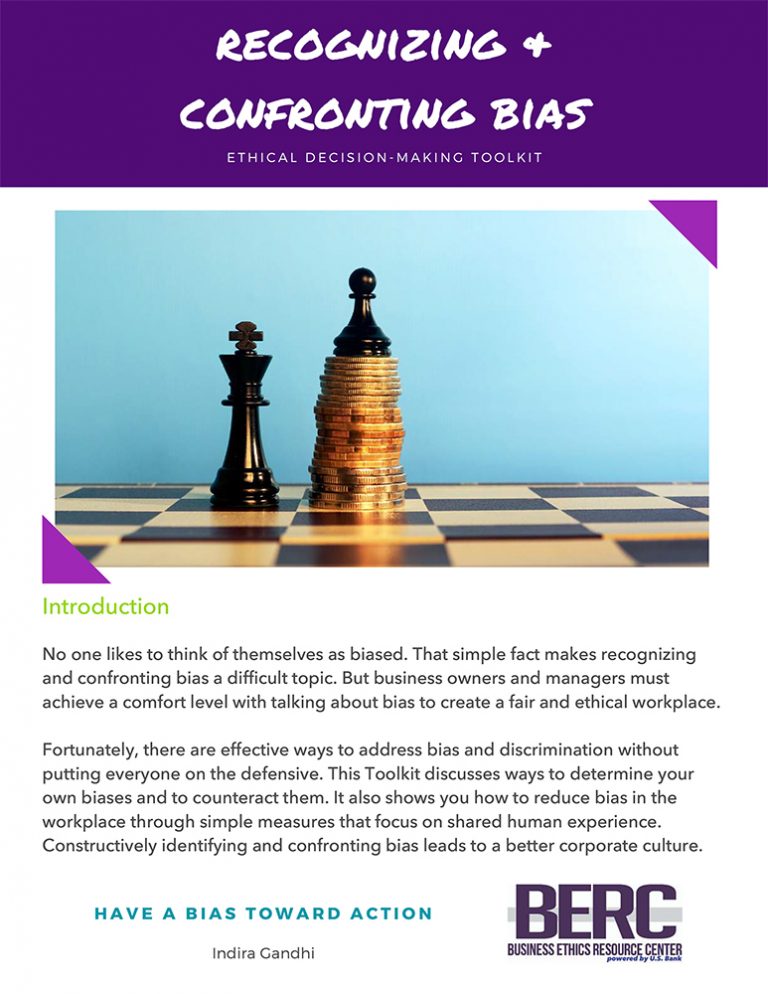As COVID-19 drags on, smaller businesses face different challenges now than when things began in the spring.
By Mike Porter Special to the Star Tribune OCTOBER 4, 2020 — 2:46PM
Q: What can I do to be as successful as possible in leading my company through the pandemic?
A: As COVID-19 drags on, smaller businesses face different challenges now than when things began in the spring.
If you managed to adjust fixed costs (such as leases) and variable costs (such as employees and inventory) and are still in business, acknowledge your success in that alone.
As always, the critical challenge remains generating traffic/business and keeping that steady. In these times, that target moves and changes more rapidly. To the degree possible, recognizing the potential changes and leading indicators of impacts in your industry will allow some level of speculative planning. That means developing options, rather than one plan for the expected cycles in your business category. Resilience and adaptation become critical during this upheaval.
In some ways, this multipronged planning approach forces you to see new alternatives for customers, offerings and channels that will continue to deliver long term. Look for new areas of customer need created by change, rather than being intimidated by the change. Whether you consider the “new normal” as an opportunity or a challenge doesn’t change the marketplace, but those who adjust to the changes first get a head start on competitors.
In addition, to the degree possible, maintain your visibility as a member of the market and/or community. Businesses that remain viable and active in more than just making ends meet today reap big benefits when the pandemic passes in the future. Household names such as Campbell Soup continued to advertise during the Depression and made huge market gains afterward. For instance, maybe you can’t afford to buy the golf tournament sponsorship you did last year, but you can offer free services as a silent-auction item for some good visibility.
Finally, no better time exists to bring in the voices of competent advisers or refreshing the ones you already have. If your business doesn’t have a formal board of advisers or directors, build one now. While you may need to conduct meetings remotely, you add value to the new advisers by introducing them to the other people on your board, while they help you create new strategies.
Mike Porter is a faculty member in the marketing department at the University of St. Thomas Opus College of Business.
This article originally appeared in the Star Tribune. Used by kind permission of the Star Tribune.



Recent Comments